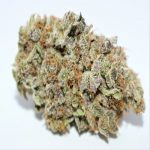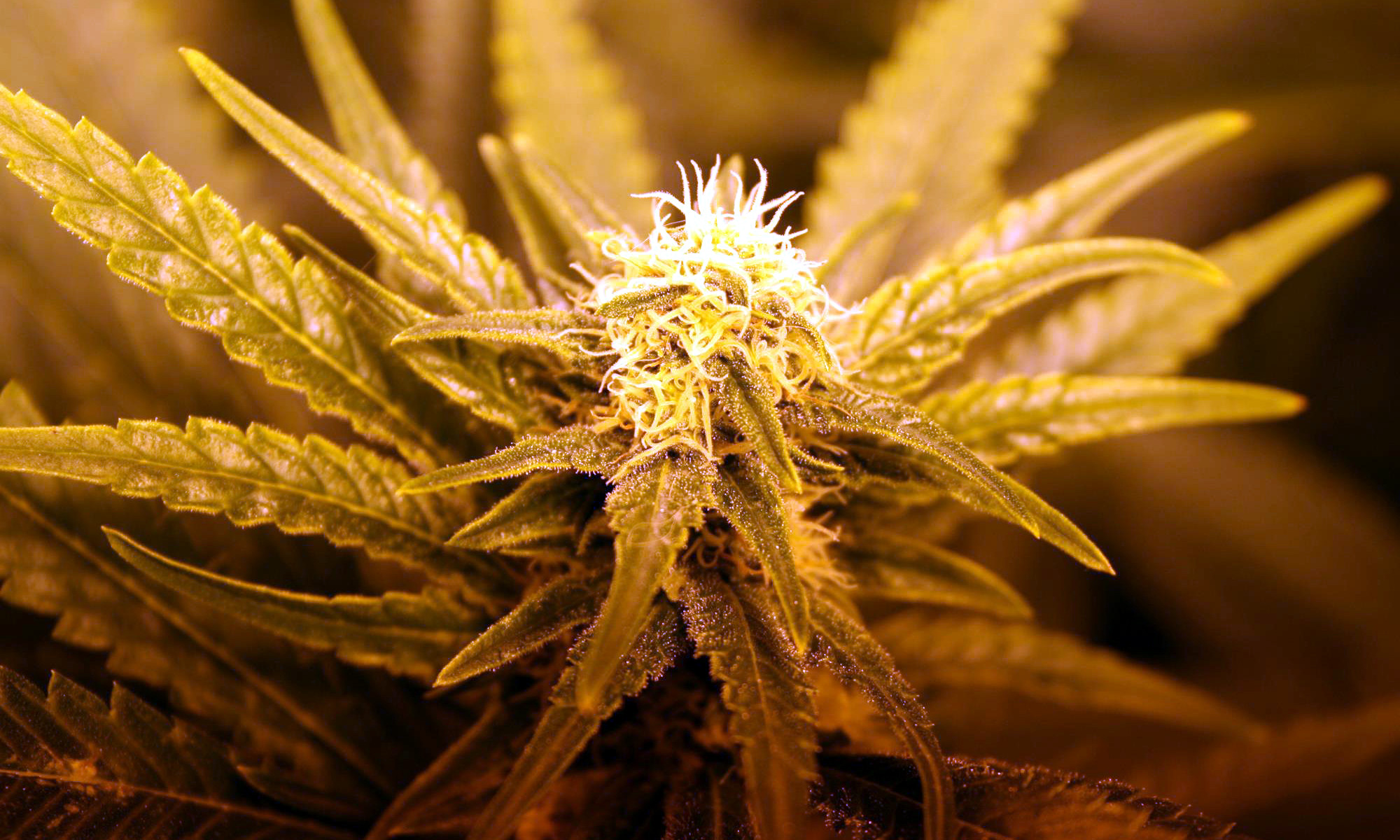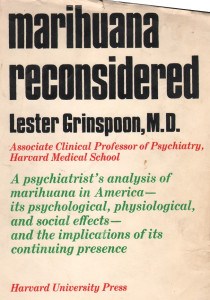Maybe it has to start with me. Or you. Us. How about everyone? Who cares, as long as it begins.
Okay, maybe I’m getting ahead of myself here. Let’s lay out some context. Following the lead of the United States, Canada long ago created laws to make cannabis use illegal. Since that time, a massive number of Canadians have been persecuted and faced criminal charges, criminal records and suffered all the downsides that come with that. All for the desire to consume cannabis.
This would be normally a good place to go into benefits verses harm of cannabis; however, the reality of it now being legal for recreational use makes a much stronger case on its own merit. For a long time it was clear, sort of. We knew growing up that cannabis was illegal, like theft. We also later learned, through parents or peers, that cannabis use was, well, fun, not to mention a lot more benign than the other rebel option, alcohol. Grass fit easily in your pocket and was a heck of a lot easier to carry 3 miles across town than a two-four of bottled beer.
Even interactions with law enforcement in my youth betrayed the letter of law in how those who were meant to enforce said laws almost did not want to. There were far more serious things they could be concerned with. In many ways those early interactions were as much responsible for my own skepticism of the official legal position of our government. The first of those interactions is one of the funniest: After catching me and a friend at 1 am sitting behind a building smoking hash and seeing the hash sitting in the open, he sent us on our way. He surprised us when he pulled up and rolled his window down and asked, “What are you boys doing here?” I panicked and replied, “Just smoking some hash. It’s well lit so I can see to roll”. It was not the answer he was expecting, I suspect. After asking who we were, he sent us on our way with, “Well, we had a noise complaint, so go smoke your hash somewhere else”. We did.
It was not until some years later when getting involved with medical cannabis and cultivation of same I began to really understand the division. The ‘no big deal’ attitude I had learned was in stark contrast to the reality for many. Seeing a simple plant medication being denied to the most in need was bad. Seeing those same people being punished for trying to live a healthy life was just wrong. It breeds anger.
Anger and frustration became common for many on the pro side who were fuelled by a senseless drug war with no logical reason to exist. That war was only born of hatred and discrimination. It has gone on for decades now, with two fairly clear sides.
Sort of.
What also became clear at some point was that my experience was not necessarily representative of others. That everybody had their own unique entry and interpretation of cannabis and it’s standing in society. Much of which I did not understand was regarding its opposition.
For the opposition side there were a few different, key positions depending on context and employment. Doctors who prefer to stay inside the box, for example, claim no benefit based on no studies. Recommending illegal substances does not tend to go over well with medical boards and administrators to whom they must answer. Law enforcement? The name says it all. If it’s illegal, it is their job to enforce those laws. It is only natural that after many decades, the perception and language used would evolve to suit the goal. It was clear, however, that many really did not buy into the Reefer Madness mentality. The result was a wide range of reactions depending on who you happen to come in contact with and the scope of the situation. A joint may get dumped or ignored; a couple of pounds might present a more sticky situation.
For many in every day society who simply had no real world experience with cannabis, what they were told by authority, medical and legal, was what they believed. Why wouldn’t they? We believe many things based on what an expert or educator tells us and we are quite content to do so. Were that not true, I would be building a particle accelerator instead of penning this op-ed. Today there are many conflicting viewpoints around cannabis, even though it is a legal substance. More and more we also have an extremely diverse number of incredibly talented individuals in a wide range of careers who, for whatever reason, have an interest working in or even trailblazing in this new legal landscape.
Maybe we are getting onto the main point. Many social media interactions led me to want to write this article. There are situations where someone working in the cannabis industry, for whatever reason, does not seem to fit the perception of another of who belongs in those jobs. As a result, some people feel it is appropriate to question, interrogate and sometimes even berate them openly and publicly. It’s as though they have committed some offence for being successful or having a high profile.
Some of these attacks are made by high-profile advocates who, for whatever reason, see these newcomers — I was tempted to say ‘corporate newcomers’, but it is broader than that — as unwelcome intruders who have no right to be where they are. There are several problems with a purely confrontational approach to the emerging legal cannabis sector professionals. Not least of these problems is the stark contrast to what the entire cannabis culture and society is built around: The acceptance of those who accept cannabis, without judgement or preconceived notions as to why. That “stick together through adversity” belief permeates deeply into the culture.
When did it become acceptable to degrade someone pro-cannabis only because they are wealthy and you have never seen them smoking a joint? It makes absolutely no sense to attack, berate or demean anyone who is pro-cannabis for any reason, whether they be an executive or craft grower.
I know some of you who have gotten this far might be a tad triggered and ready with all kinds of ‘But, but, but’ rebuttals and justification for the aforementioned attitudes. Let me, however, explain why that is a dead end approach that actually hurts the progress of the current legal cannabis landscape in Canada.
First off: Quality. Let the quality of a product stand on the company name, not individuals who quite often have had little or no ability to affect end-result retail product. Over time, product quality will allow the market to determine who should survive and who should not. The barometer for any professional individual is how well the decisions and career choices see them progress based on results. The best will rise, the good will survive and the rest will recycle into something else or get out of the game. That’s how it should be with any profession.
Second: The changes we still wish to see. Consumers want good product at affordable prices. Companies want to make money. Both sides want a market that meets those needs. Consumers need products. Producers need clients. It is a very simple formula. We will have a much harder time getting the changes required to establish a stable and effective retail cannabis system when we are too busy fighting with each other to focus on where real change needs to happen. The government’s intended goal of illicit market elimination also is very much dependent on a good quality, affordable, retail marketplace.
Some things will take time. Medical acceptance is growing by leaps and bounds, as is the research that is so long past due. Schools will adapt fairly quickly, as will much of the medical establishment. The landscape in 5 years will look very different from today.
I remember vividly as a teenager smoking and pondering why weed was illegal. Even then it seemed simple. Many of us said it: “They should just make it legal and tax it. It would pay off the deficit”. Maybe 30 years ago it could have, but not today and not in its current form. That form will be much better suited to our needs and closer to our desires when we accept without pre-qualifiers. If you accept cannabis we accept you, unless you’re a pedophile or some other horrid creation.
Personally, I find many of the high-profile individuals very interesting. There are perspectives shared through curiosity and asking civil questions that provide ideas and concepts I may never have been able to consider. Perspective is a pretty major thing. Moreover, we need these leaders and trailblazers as allies. Far more can be achieved in attaining mutual goals as a united, well-informed front. Well-informed goes both ways. I am sure there are questions and opinions to be shared almost equally among all parties.
Unless we all sit at the same table, in respect and acceptance, how will we ever find reconciliation with the other side? How will the war ever end? Personally, I want to learn, engage and be active in this new green reality.
Let’s finally make it what we once envisioned. Let’s not perpetuate what was once forced upon us.





 Twelve thousand years. One hundred and twenty centuries. Four hundred-plus generations.
While the number may actually be much larger, archeological records confirmed that we have cultivated cannabis for at least 12,000 years. How much longer is impossible to say, as it predates any form of recorded history. Prehistoric hunters found with hemp clothing and cannabis itself open the possibility that humans have always used cannabis.
The first known medicinal use of cannabis dates back to 4,000 B.C. in China. Cannabis was used as an anesthetic for surgery.
Twelve thousand years. One hundred and twenty centuries. Four hundred-plus generations.
While the number may actually be much larger, archeological records confirmed that we have cultivated cannabis for at least 12,000 years. How much longer is impossible to say, as it predates any form of recorded history. Prehistoric hunters found with hemp clothing and cannabis itself open the possibility that humans have always used cannabis.
The first known medicinal use of cannabis dates back to 4,000 B.C. in China. Cannabis was used as an anesthetic for surgery.  From the A.D. era, cannabis spread first into the African continent, followed by the U.K and, later, South America. While it may have landed in South America as early as the 1600’s, it did not find its way to North America until the 1800’s. In North America, Cannabis flourished as a miracle medicine whose main ingredients were components of thousands of medical elixirs sold by everyone from doctors to snake oil salesmen. Hemp farms were commonplace and provided significant quantities of valuable fiber and oils at low cost.
Our history with this ‘weed’ has been quite peaceful one, save for approximately the last 100 years. With social and industrial pressures turning against Cannabis use and hemp production, the war on cannabis has been a tragedy of epic proportions. We’ll discuss prohibition as the topic of a future blog post.
Until then, may health, healing and herb be with you.
Stay Mellow.
From the A.D. era, cannabis spread first into the African continent, followed by the U.K and, later, South America. While it may have landed in South America as early as the 1600’s, it did not find its way to North America until the 1800’s. In North America, Cannabis flourished as a miracle medicine whose main ingredients were components of thousands of medical elixirs sold by everyone from doctors to snake oil salesmen. Hemp farms were commonplace and provided significant quantities of valuable fiber and oils at low cost.
Our history with this ‘weed’ has been quite peaceful one, save for approximately the last 100 years. With social and industrial pressures turning against Cannabis use and hemp production, the war on cannabis has been a tragedy of epic proportions. We’ll discuss prohibition as the topic of a future blog post.
Until then, may health, healing and herb be with you.
Stay Mellow.